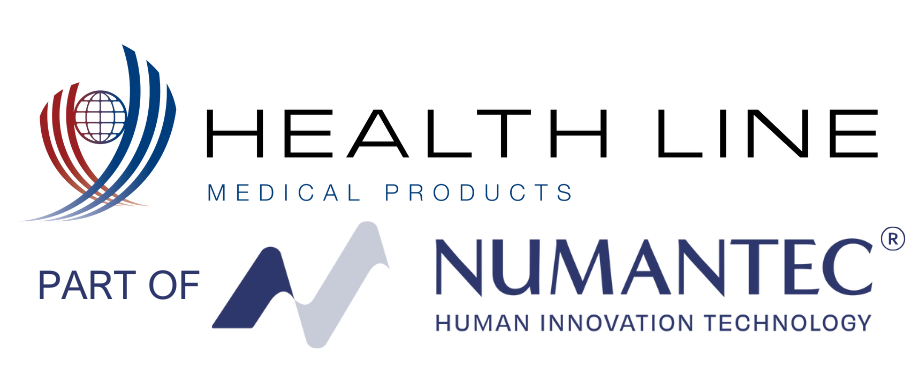Vessel Health and Preservation (VHP) is a clinical framework designed to optimize the selection, insertion, and management of vascular access devices (VADs) with the primary goal of preserving the health of a patient’s veins for both current and future use. This approach is grounded in evidence-based practices and emphasizes a proactive, patient-centered pathway rather than a reactive, traditional model.
Key elements of Vessel Health and Preservation:
- Timely Assessment and Planning: VHP calls for early evaluation ideally within 24 hours of hospital admission to determine the most appropriate vascular access device for each patient, based on their diagnosis, treatment plan, and the condition of their veins.
- Device Selection: The framework guides clinicians to select the right device for the right patient at the right time, minimizing unnecessary or repeated vascular punctures that can damage veins.
- Ongoing Assessment and Management: VHP stresses continuous monitoring and maintenance of the vascular access site and device, ensuring ongoing suitability and early identification of complications.
- Preservation of Vasculature: Is to reduce complications, prevent exhaustion of peripheral veins, and preserve vein health for future treatments, thus improving patient outcomes and satisfaction.
- Clinical Pathway Structure: The VHP model typically follows four phases: assessment/selection, insertion, management, and evaluation of outcomes. This structured approach supports education, consistency, and best practices among healthcare providers.
Benefits of the VHP approach include:
- Improved success rates for vascular access
- Reduced risk of complications and infections
- Less patient discomfort and fewer failed attempts
- Enhanced efficiency and reduced delays in treatment
- Preservation of veins for future access needs
Clinical evaluations and studies have reported that implementing the VHP framework leads to improved clinical practice, more consistent vascular access outcomes, and a significant reduction in unnecessary peripheral intravenous catheter (PIVC) placements. The goal is to enhance patient safety, preserve vascular health, and ensure reliable access for both current and future treatment needs. In summary, Vessel Health and Preservation is a systematic evidence-based approach to vascular access that prioritizes timely, intentional device selection and ongoing management to safeguard the patient’s vascular health throughout their care journey.
Health Line International Corp. is not responsible for any errors, omissions, injury, loss, or damage arising from or relating to the use (or misuse) of any information, statements, or conclusions contained in or implied by the contents of this document or any of the source materials. This content is not intended to replace professional medical advice.
References:
Moureau, N. et al.,(2012, January 2) Vessel Health and Preservation (Part 1): A New Evidence-Based Approach to Vascular Access Selection and Management. National Library of Medicine. https://pmc.ncbi.nlm.nih.gov/articles/PMC6159814/
Nickel, B. et al., (2024, January/ February) Infusion Therapy Standards of Practice 9th edition. Journal of Infusion Nursing. https://www.ins1.org/publications/infusion-therapy-standards-of-practice/
